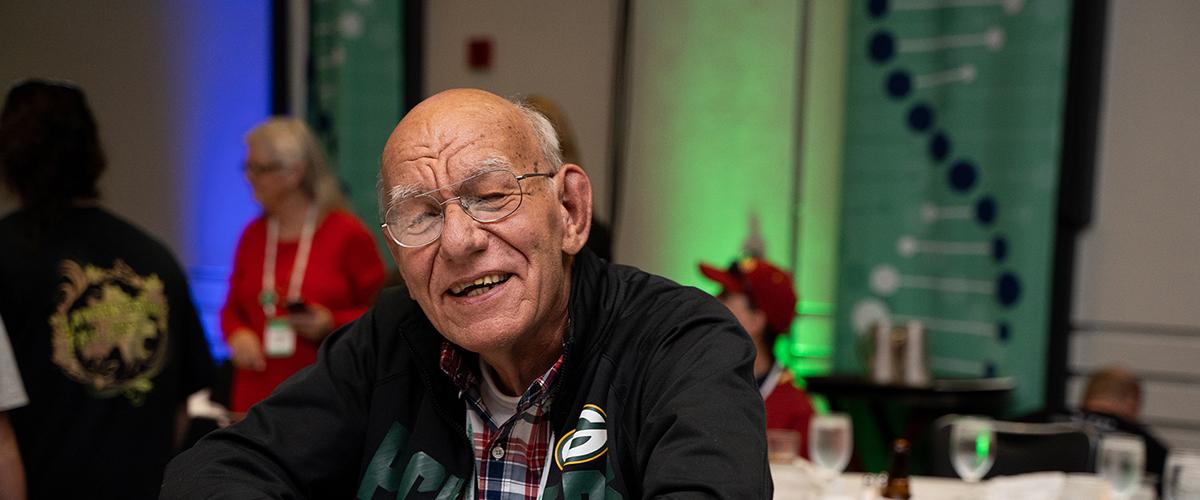In patients with myotonic dystrophy, there is a problem with a particular gene that causes it to convey faulty instructions. This mistake results in the symptoms of DM. The two forms of myotonic dystrophy are caused by mutations in different genes. Although DM1 and DM2 show similar symptoms, the two forms have fundamentally different origins. Scientists are currently looking into the possibility that there may be additional forms of DM caused by mutations at different sites.
DM1
The genes responsible for myotonic dystrophy type 1 (DM1) are found on chromosome 19. Each chromosome consists of a long chain of chemicals that form the units of DNA. These units are called nucleotide bases. The disease is characterized by stretches of DNA (abbreviated CTG) on the DMPK (dystrophia-myotonic protein kinase) gene that are repeated several times. It is sometimes referred to as a trinucleotide repeat disease becasue of the repetition of these three DNA base pairs. In healthy people, there are between 5 and 37 repeats of the CTG sequence. People with myotonic dystrophy type 1 have expanded repeats which can contain anywhere from 50 to more than 4,000 repeats of the CTG sequence.
DM2
The genes responsible for myotonic dystrophy type 2 (DM2) are found on chromosome 3. The repeat sequences contain stretches of DNA in which four chemicals (abbreviated CCTG) on the Znf9 (zinc finger protein 9) gene are repeated. As in DM1, the disease occurs after the number of repeats exceeds a certain threshold. Healthy individuals will have fewer than 75 CCTG repeats. People with DM2 can have anywhere between 75 and 11,000 repeats.

